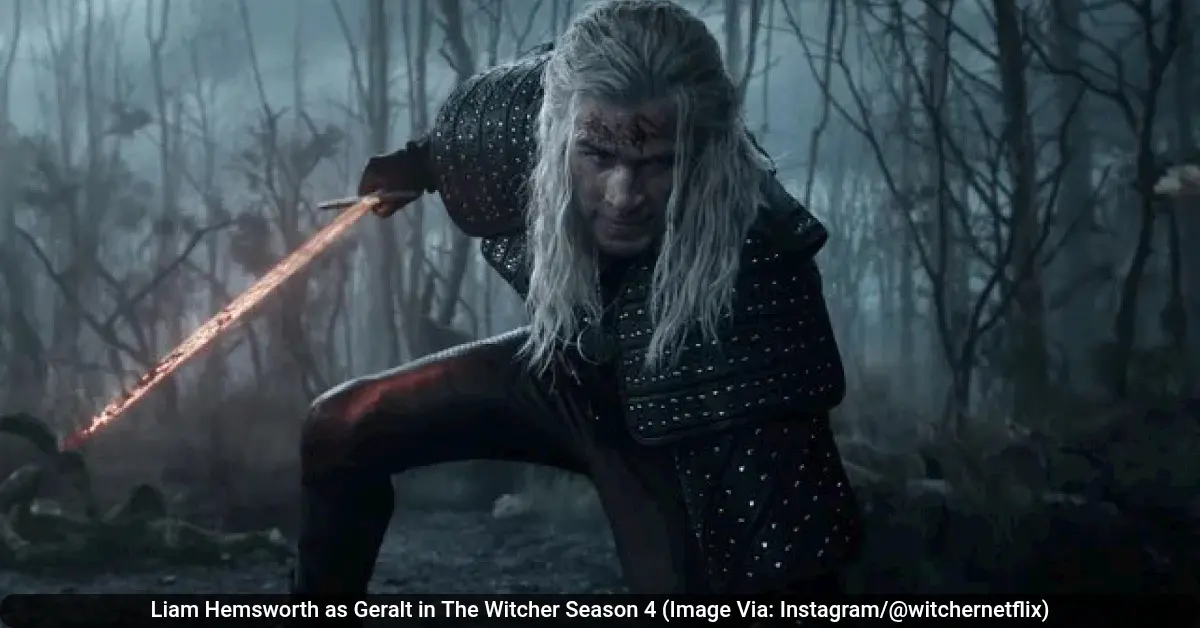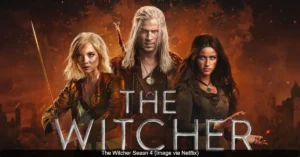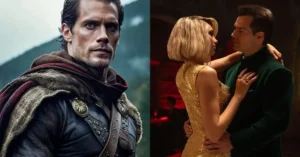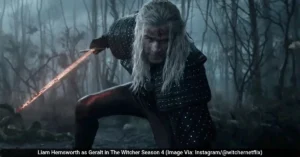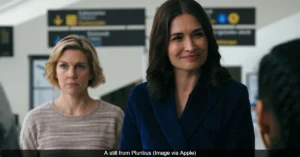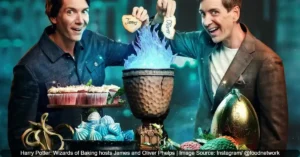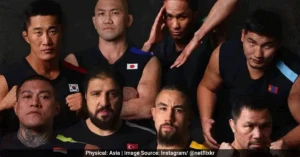Fans of The Witcher have witnessed a major change with the debut of Season 4 on Netflix. Liam Hemsworth has officially taken up the silver sword as Geralt of Rivia, replacing Henry Cavill who played the role for the first three seasons. The new season does not ignore this shift but instead uses its narrative to frame a Geralt who is emotionally and physically in a different place, leading to a performance that feels both familiar and new.
A More Emotional and Vulnerable Geralt
Henry Cavill’s portrayal of Geralt was defined by a powerful, stoic silence. He was a man of few words, often communicating through grunts, intense stares, and a consistently brooding presence. Liam Hemsworth’s interpretation brings a new layer of emotional depth to the character. Showrunner Lauren Schmidt Hissrich explained that this season, “Geralt is a little funnier this season. He’s a little more dry. He’s also a lot more emotional. He’s going through a lot of different things than we’ve seen in the past.”
This emotional shift is a direct result of the story’s progression. The new season focuses on Geralt’s internal struggles and his evolving role not just as a warrior, but as a father figure and friend. Hemsworth’s performance captures this through more subtle body language and expressive eyes, showing a Geralt who is learning to process his grief and love rather than suppress it.
A Shift in Physical Presence and Action
One of the most immediate differences audiences will notice is the physicality of the character. Henry Cavill brought a famously imposing, muscular build to Geralt, making him an intimidating figure. While Hemsworth has certainly trained for the role and fits the Witcher’s silhouette, his physical presence is less bulky.
However, this change aligns with the story. Season 4 opens with Geralt recovering from devastating injuries sustained at the end of Season 3. His journey is now less about raw power and more about endurance. Furthermore, many critics and fans have noted that the action scenes featuring Hemsworth feel different. The fights are described as more carefully choreographed and fluid, with clearer camera work that makes the combat easier to follow and more grounded.
Evolving Communication Style
Geralt of Rivia will never be a chatterbox, but the way he communicates has evolved. Cavill’s Geralt was famously terse, with his dry comedic timing becoming a fan-favorite trait. That specific type of humor is less present in Hemsworth’s performance.
In its place, Hemsworth’s Geralt uses more expressive language and is more vocal about his struggles. His dialogue has a more conversational rhythm, and he is seen opening up to his traveling party, known as his “hansa,” in ways he hadn’t before. This includes moments of vulnerability with characters like Milva and the vampire Regis, who helps him confront his emotions. This Geralt is more in touch with his feelings and allows that to show in his speech.
The Narrative Handles the Recast with a Creative Twist
The show addresses the actor change head-on with a clever narrative device. The Season 4 premiere begins with a storyteller recounting legends of Geralt of Rivia from about a century in the future. As these tales are told, the show replays iconic scenes from earlier seasons—such as Geralt’s first fight with a kikimora and his first meeting with Ciri—but with Liam Hemsworth seamlessly inserted into the footage.
This approach uses the concept of an “unreliable narrator,” a theme present in the original Witcher books, to explain why the legendary hero might look different in different tellings of his story. Showrunner Lauren Schmidt Hissrich stated that this was a “cool opportunity to comment on that,” and to remind the audience of the core family unit of Geralt, Yennefer, and Ciri that the story is fighting to reunite.
A Geralt Who Steps Back to Grow
Perhaps the most significant difference is Geralt’s role within the overall story of Season 4. Compared to Yennefer, who leads a strategic war against Vilgefortz, and Ciri, who embarks on a dark path with the Rats, Geralt’s journey is more internal. He has fewer standout monster-hunting moments and instead is often seen reacting to the world around him alongside his companions.
This is an intentional character choice. With Ciri missing, Geralt is no longer her direct guardian. His mission is now a search, and the season focuses on his emotional evolution. He is a man learning to rely on others and confront his own vulnerabilities. The story shifts from defining him by the monsters he slays to the humanity he rediscovers on his path.
Lauren Schmidt Hissrich, the showrunner, noted that Liam Hemsworth was able to access “vulnerable levels in his performance that we just hadn’t had the opportunity to see before.”
Early critical reception to the change has been mixed but leaning positive. Some reviews have called the new season an “upgrade,” while others feel Hemsworth’s Geralt fades into the background. Many agree that the transition was handled as well as possible, with one reviewer noting that giving the new actor a chance was better than canceling the show outright. The final season will continue to explore this new interpretation of the White Wolf.
Also Read: How Yennefer’s Power Sets Up Her Next Chapter in The Witcher Season 4
Hollywood and Bollywood Stars With Royal Blood You Never Knew About

